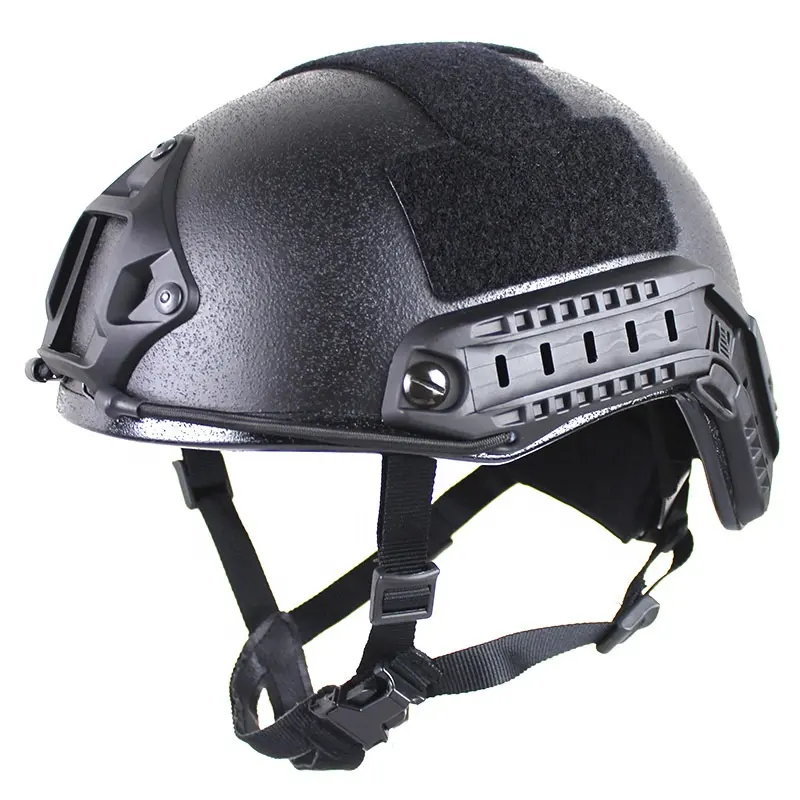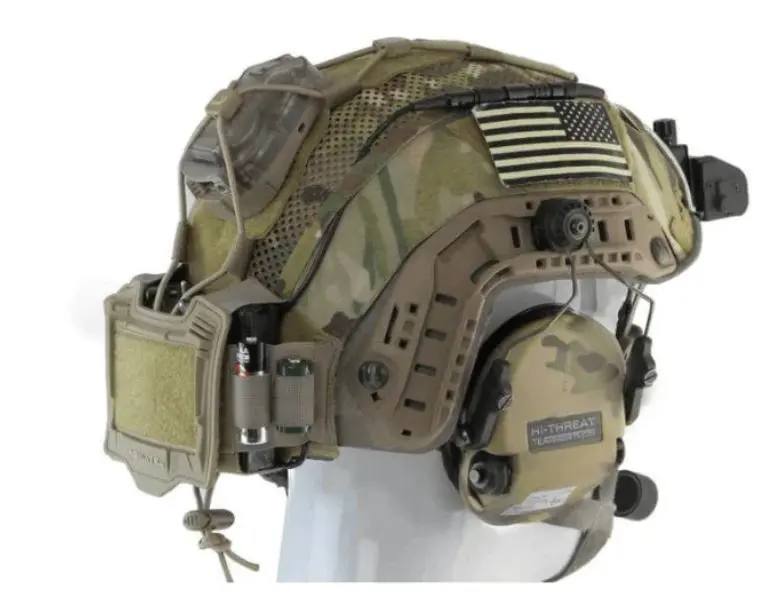“Helmet of Heroes: The Symbolism and Innovation of Military Headgear”
Military headgear, particularly helmets, holds deep symbolism and embodies a legacy of innovation and bravery. These pieces of equipment have evolved alongside the changing landscape of warfare and play significant roles not only in protecting soldiers but in representing the ideals of duty, honor, and sacrifice. Here’s a look at the symbolism and innovation embodied by military headgear:
Symbolism:
- Identity and Unity: Military headgear often carries emblems, insignia, or unit markings that symbolize the soldier’s identity, loyalty, and unity with their comrades. These symbols create a strong sense of belonging and camaraderie.
- National Pride: The design and markings on military headgear often reflect the national identity and pride of the wearer. Flags, national colors, and symbols are proudly displayed to represent the soldier’s allegiance to their country.
- Honor and Tradition: The history of military headgear is steeped in tradition and honor. Wearing a helmet is a tradition that connects modern soldiers to their predecessors and the sacrifices made by those who came before them.
- Courage and Sacrifice: Military headgear is a symbol of courage and sacrifice. Soldiers don their helmets as a testament to their commitment to facing danger and making sacrifices for the greater good.
- Respect and Recognition: In many cultures, military headgear is a symbol of respect and recognition. It is a sign of gratitude and appreciation for the service and sacrifices of military personnel.
Innovation:
- Ballistic Protection: The innovation of materials like Kevlar, aramid fibers, and composite materials has significantly improved the ballistic protection of military helmets, making them more effective at stopping bullets and fragments.
- Lightweight Design: The use of lightweight materials reduces the physical strain on soldiers, allowing for greater comfort and mobility during missions. Modern helmets are designed to be as protective as possible while remaining lightweight.
- Modularity: Modular helmets allow for the attachment of various accessories, enhancing the adaptability of the headgear to different mission requirements. Accessories can include night vision devices, communication systems, and visors.
- Communication Integration: Advanced military helmets often include integrated communication systems, enabling real-time contact with units and command centers. This integration enhances situational awareness and coordination.
- Face Shields and Goggles: The integration of face shields and goggles offers added protection for the eyes and face, improving visibility and safeguarding against various environmental threats.
- Smart Materials: Ongoing research explores the use of smart materials that can adapt to changing conditions, providing adjustable levels of protection based on the assessed threat level.
- Customization: Modern military helmets are designed with customization in mind. Soldiers can personalize their helmets with camouflage patterns and insignia to match mission-specific needs and identification requirements.
Military headgear is a testament to the dedication and sacrifice of those who serve in the armed forces. It stands as a symbol of honor, duty, and national pride while embodying the constant pursuit of innovation to provide the best protection for those who selflessly defend their nations. These helmets tell the stories of heroes, past and present, and continue to evolve to meet the ever-changing demands of the battlefield.


